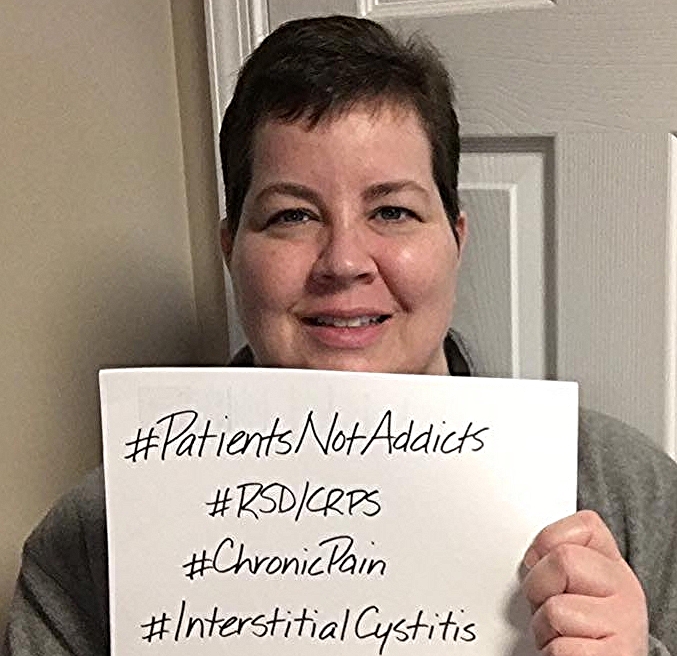Senator Alleges Conflict of Interest in Fed Pain Panel
/By Pat Anson, Editor
An influential U.S. senator is raising questions about possible conflicts of interest on a federal panel that was highly critical of the CDC’s controversial opioid prescribing guidelines.
“I was alarmed to read of efforts by the members of the Interagency Pain Research Coordinating Committee (IPRCC) to weaken efforts underway at the Centers for Disease Control and Prevention (CDC) to develop guidance on opioid prescribing practices,” wrote Oregon Sen. Ron Wyden (D) in a letter sent to Health and Human Services Secretary Sylvia Burwell.
As Pain News Network has reported, several members of the IPRCC said the guidelines were “ridiculous” and “an embarrassment to the government” at a December meeting.
“Several non-Federal IPRCC members, their organizations, or both, appear to be recipients of funding from major pharmaceutical companies that manufacture opioids or related products at levels that raise serious concerns regarding the potential for conflicts of interest,” wrote Wyden. “These financial and professional relationships raise serious concerns about the objectivity of the panel’s members that deserve additional review.”
december, 2015 meeting of iprcc.
Wyden mentioned several of the panel members by name, including Myra Christopher and Dr. Richard Payne of the Center for Practical Bioethics, Penney Cowan of the American Chronic Pain Association and Cindy Steinberg of the U.S. Pain Foundation. All three non-profit organizations get a substantial portion of their funding from pharmaceutical companies, including Purdue Pharma, the manufacturer of OxyContin. Purdue gave over $100,000 to U.S. Pain Foundation in 2014, according to Wyden.
“I do not and have never been paid by a pharmaceutical company,” said Steinberg, who became a patient advocate after she suffered a serious back injury in an accident. Steinberg, who is National Policy Director for U.S. Pain Foundation, currently receives a small stipend of about $8,000 a year.
“I am fortunate in that my husband works to supports us. I do this work despite my daily, debilitating chronic pain, often needing to lie flat in meetings to control the pain and lay across two plane seats to travel because I am passionate about improving pain care in this country,” Steinberg said in an email to Pain News Network.
“If anyone watches the video of the IPRCC meeting they will see that they had to bring in a special small sofa for me to lie on every hour so that I could participate. I am proud to do this work and am honored to represent the voice of millions of disempowered Americans who suffer from the pernicious disease of chronic pain and desperately need more and better treatment options."
Penney Cowan, another member of the federal panel mentioned by Wyden, also serves on the CDC “workgroup” that recently endorsed the agency’s recommended guidelines, which discourage primary care physicians from prescribing opioids for chronic pain.
“When treating a person with pain, a health care provider needs to determine what is best for that individual based on physical examination, test results and what is important to the individual. The recommendations seem very clear on that point,” Cowan wrote in an email to PNN. “The American Chronic Pain Association advocates for a balanced approach to pain management - that means that all therapies such as PT (physical therapy), counseling, biofeedback and stress management, OT (occupational therapy), nutritional guidance and more should be available and used based on their appropriateness for each individual.”
Wyden’s letter does not mention that some IPRCC members who were most critical of the CDC guidelines are federal employees of the Food and Drug Administration and the Agency for Healthcare Research and Quality (AHRQ), who as government workers are not allowed to accept financial contributions.
The senator’s letter and an Associated Press story about it also fail to mention that the CDC itself has a foundation that accepts funding from healthcare companies such as Abbott Laboratories, Amgen, Medtronic, Johnson & Johnson, Merck, Quest Diagnostics and Pfizer, companies which stand to benefit from the CDC guidelines because they offer non-opioid treatments or tests. The CDC Foundation accepted over $157 million from donors last year.
Up to 11 million Americans use opioids daily to treat their chronic. A survey of over 2,000 pain patients by Pain News Network and the Power of Pain Foundation found that many fear losing access to opioid pain medication if the guidelines are adopted.





















